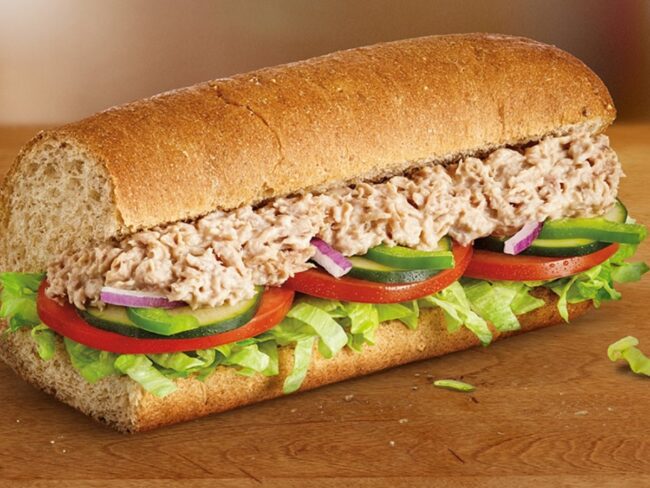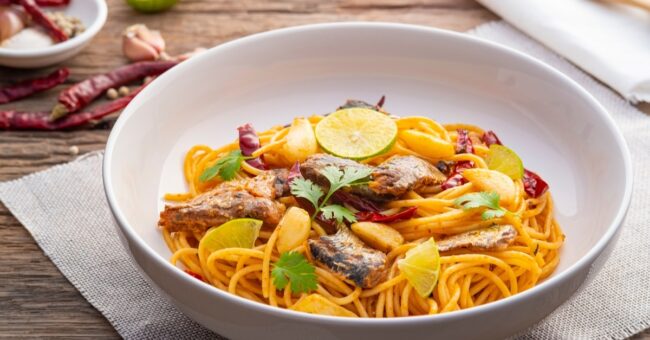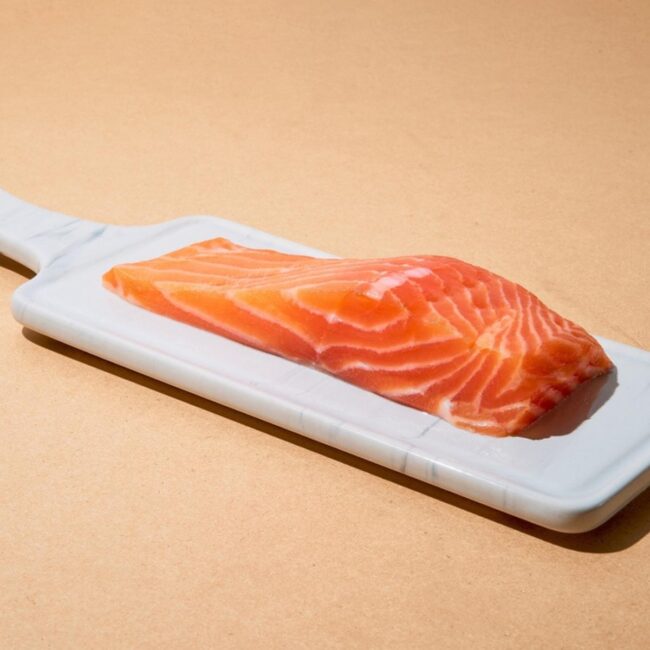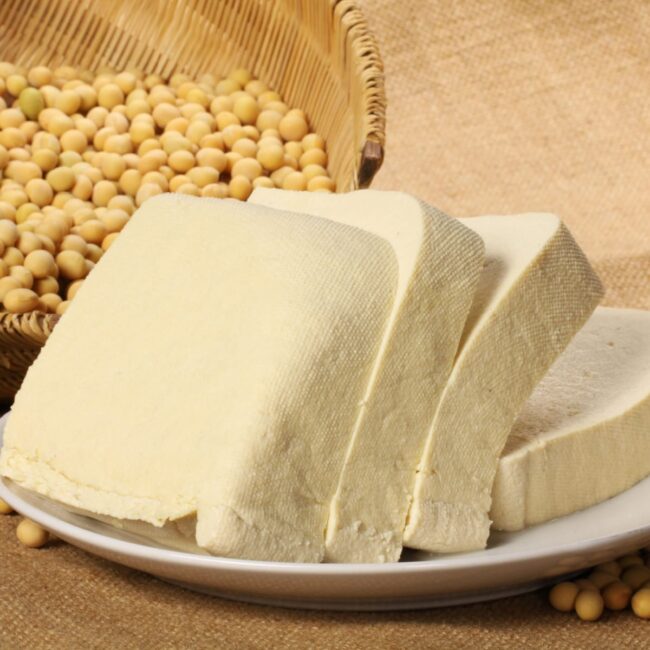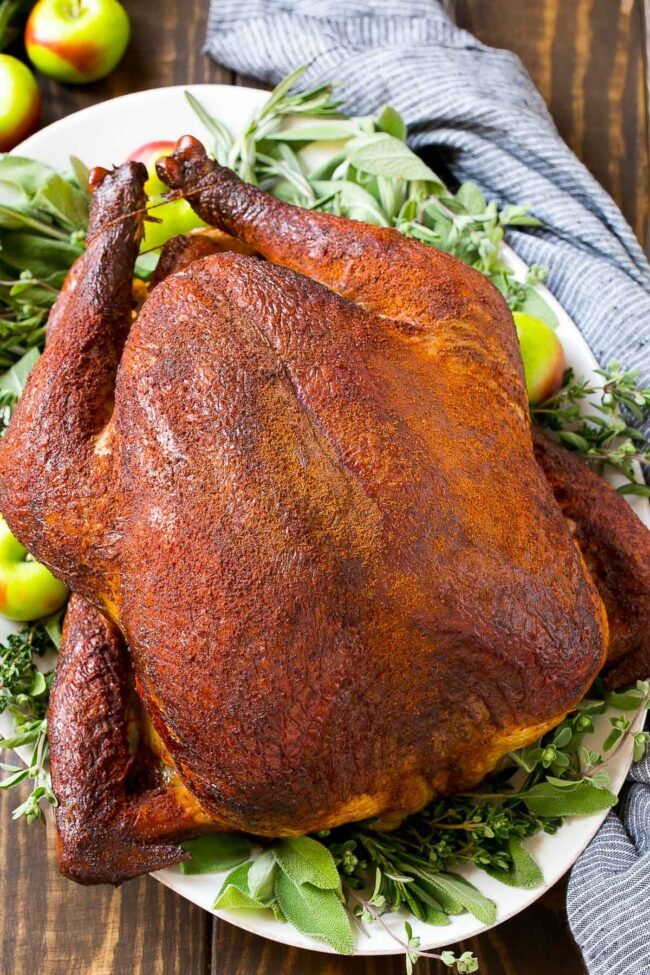11 Easy Swaps for Bluefish for Your Meals
Bluefish is known for its firm texture and slightly oily, rich taste, making it a favorite for grilling and roasting.
When a substitute is necessary, seafood with a similar fat content and moisture level works best.
Bold-flavored alternatives retain its strong oceanic presence, whereas milder choices allow for a more delicate profile.
Cooking method plays a key role in selecting the ideal swap.
What is Bluefish?
Bluefish is a flavorful, oily fish known for its firm texture and bold taste. It is popular in grilling and roasting recipes.
Traits of Bluefish
Known for their bold taste, bluefish holds a special place in the seafood world.
With a firm texture, this fish can adapt well to various cooking methods.
The flavor tends to be strong and briny, appealing to those who enjoy rich seafood experiences.
Protein enthusiasts will appreciate that a 3-ounce serving delivers about 20 grams of protein.
This makes bluefish an excellent choice for anyone wanting nutritious additions to their meals.
Enjoying this flavorful fish provides both satisfaction and health benefits.
Bluefish Cooking Ideas
Known for its firm texture and strong flavor, bluefish shines in various cooking methods.
Broiling offers a quick way to achieve a crispy exterior while keeping the inside tender and juicy.
Baking allows control over cooking temperatures, ensuring even heat distribution for moist results.
Grilling enhances the fish's taste with high heat that creates a delightful char on the outside.
Pan-searing provides a rich brown crust that elevates bluefish’s natural flavors while maintaining moisture inside.
Experimentation with seasonings like lemon juice, fresh herbs, or spicy blends can further bring out its unique taste in any dish prepared at home.
Alternatives to Bluefish
Bluefish, a popular choice among seafood lovers, offers a rich flavor that many enjoy. Other fish varieties provide similar taste experiences and can easily be used in your favorite recipes.
Tuna
Darker cuts of tuna closely mimic the taste of bluefish, making it an excellent alternative.
This fish has a firm texture and rich flavor, enhancing many dishes.
Various cooking techniques exist, with pan-searing or grilling being particularly effective.
A sprinkle of salt, pepper, and your favorite herbs allows the tuna's natural goodness to come forward beautifully.
Substituting tuna for bluefish opens up exciting culinary options in your kitchen while delivering delicious results.
Enjoy experimenting with this adaptable ingredient in different recipes!
Mackerel
Mackerel serves as an excellent alternative to bluefish, offering a bold taste that many enjoy.
This oily fish shines in dishes featuring strong flavors, especially when grilled or smoked.
Versatility defines mackerel; it can be prepared whole, filleted, or even canned for convenience.
Enhancing its flavor becomes easier with a good marinade before cooking.
Embracing mackerel in your meals opens up exciting culinary possibilities for those seeking variety.
A delightful choice for seafood lovers looking to try something new awaits with this flavorful fish.
Salmon
When looking for a substitute for bluefish, salmon serves as a great option, especially if a milder flavor is preferred.
The firm texture of salmon fits nicely in numerous recipes, whether grilled, baked, or pan-seared.
Choosing the right cooking method is important since this fish can be more delicate than others.
Simple seasonings like lemon and dill enhance its natural flavors beautifully without overpowering them.
Enjoying this versatile fish adds variety to meals while keeping them flavorful and satisfying.
Swordfish
When looking for a substitute for bluefish, swordfish makes an excellent choice.
Its firm and hearty texture pairs wonderfully with strong marinades and spices.
Grilling, broiling, or pan-searing highlight its rich flavor effectively.
Careful attention to cooking time is crucial since overcooking can lead to dryness in the fish.
The right methods bring out the best in this versatile seafood option.
This delicious fish promises a satisfying meal experience when prepared properly.
Striped Bass
Striped bass serves as an excellent substitute for bluefish thanks to its firm texture and distinct taste.
This fish carries a slightly oily quality, enhancing the overall flavor of any dish.
Cooking methods such as baking, grilling, or pan-searing work well with striped bass.
A delicate seasoning of salt, pepper, and lemon can truly highlight its natural flavors.
Choosing the right replacement involves considering each option's unique qualities and how they fit into your recipe.
Pay attention to cooking techniques and flavor profiles when making your selection for the best results.
Grouper and Tilefish
Tilefish and grouper provide fantastic choices for those who want something different from bluefish.
These fish offer a hearty texture along with mild flavors that appeal to many.
Grouper features a firm texture similar to bluefish, without the intense taste, while tilefish adds a delightful sweetness that enhances any meal.
Freshness is key when choosing either option; look for clear eyes, firm flesh, and an inviting aroma to ensure quality.
Enjoying these alternatives can elevate your dining experience significantly.
Each one brings its own charm to the table.
Snapper and Porgy
Porgy offers a mild yet flavorful taste, making it an interesting option for seafood lovers.
Though less common in stores, finding this fish can lead to a delightful culinary experience.
Snapper stands out with its many species, each showcasing unique flavors and textures.
The meaty consistency of snapper lends itself well to numerous recipes, enhancing any dish it graces.
Both fish serve as excellent substitutes in various meals and highlight the versatility of seafood choices available today.
Trying these alternatives can bring new excitement to your dining table.
Cod and Haddock
Haddock features a firmer texture that holds up well in various cooking methods, appealing to those who enjoy a hearty bite.
Cod offers a mild and buttery taste, ideal for anyone who values subtle flavors in their meals.
Both fish serve as excellent alternatives to bluefish, attracting many cooks with their flexibility in recipes.
Their popularity also stems from being easy to find at most grocery stores or fish markets.
Appreciating these options enriches the culinary experience for seafood lovers everywhere.
Trout and Mahi-Mahi
Mahi-mahi catches attention with its bright pinkish-orange color, making dishes visually appealing.
Its mild taste complements various ingredients, inviting creativity in the kitchen.
Trout also shines with a tender and flaky texture that offers a gentle flavor, perfect for many cooking methods.
For those looking to try something new or unable to find bluefish at the market, these fish provide satisfying alternatives for any meal.
Both options present distinct textures and flavors that can enhance any seafood dish.
Consider these choices for your next culinary journey on the water’s edge.
Vegetarian Options
Vegetarian substitutes for bluefish offer exciting alternatives without using other types of fish.
Tofu serves as a versatile option, easily marinated to suit dishes like sushi or tacos.
Adjusting the cooking time allows for different textures that match your taste.
Jackfruit and banana blossoms provide a unique, flaky consistency that can mimic the fish's texture well when seasoned properly.
Nutritional benefits also play a role; tofu is especially high in protein and calcium, making it an excellent choice for health-conscious eaters.
A helpful table lists various vegetarian alternatives with recommended dishes and cooking times to guide you further.
Poultry and Meat
Using poultry and meat can be a great way to add variety to meals while still enjoying delicious flavors.
Chicken and turkey shine in dishes like tacos or sushi, bringing a delightful twist.
Cooking times should be adjusted since these meats usually cook faster than fish.
Pork also serves as an excellent alternative; thin slices of pork loin fit perfectly in tacos or sushi rolls.
Marinating the meat with Worcestershire sauce boosts its taste significantly, adding depth to each bite.
Focusing on nutrition, chicken and turkey are leaner choices that provide high protein with less fat compared to red meat options.
Choosing Bluefish Alternatives
Selecting a substitute for bluefish depends on texture and fat content. Mackerel, striped bass, or salmon offer similar richness and versatility.
Choosing Replacement Options
Choosing a substitute for bluefish requires attention to flavor and texture.
Mackerel, salmon, and swordfish share similar qualities with bluefish, offering robust flavors and a firm texture.
Mercury levels in fish also matter when making your choice.
Bluefish contains moderate mercury amounts; therefore, selecting options like salmon or sardines can reduce health risks.
Prioritizing these factors ensures a delicious meal while supporting sustainable seafood practices.
Making informed decisions about fish contributes to both personal health and environmental well-being.
Access and Eco-Friendliness
Choosing a substitute for bluefish requires careful thought about sustainability due to the effects of overfishing on fish populations.
Researching the flavor, texture, and mercury levels of alternatives is important.
A trustworthy fishmonger plays a crucial role in this process by providing information on where the fish comes from and its sustainability practices.
Fresh markets often excel in transparency regarding their sourcing methods, making them excellent places to explore options.
For eco-friendly choices, check resources like Monterey Bay Aquarium’s Seafood Watch for updated lists of sustainable seafood selections.
Making informed decisions benefits both personal taste and environmental health.
How to Prepare Substitutes
Preparing fish substitutes involves adjusting seasoning and cooking time. The right method ensures a flavorful and well-balanced dish.
Grill Alternatives
Mackerel, striped bass, kingfish, and barracuda make excellent choices for a grilled fish dish with a rich and savory flavor.
These varieties deliver a taste reminiscent of bluefish.
Begin by preheating the grill to medium-high heat for optimal cooking conditions.
A light brush of oil on the fish enhances its texture while your preferred seasonings add depth; salt, pepper, lemon juice, and fresh herbs work wonderfully together.
Grill each side for about 3-4 minutes until reaching an internal temperature of 145°F to ensure it's perfectly cooked through.
Enjoy this delicious meal that’s sure to impress anyone at the table!
Baking and Grilling
Fish can be both moist and flaky when baked or broiled.
Some excellent options include grouper, tilefish, cod, and haddock.
Start by heating the oven to 400°F for baking or switch to the broil setting if using that method.
Place the fish in a suitable dish or on a pan meant for broiling.
Add your favorite seasonings to enhance flavor.
For baking, allow it to cook for about 10-12 minutes per inch of thickness; if broiling, aim for about 5-7 minutes on each side until fully cooked through.
Searing and Stir-Frying
Crispy and flavorful dishes come from fast-cooking methods like pan-searing and sautéing.
This technique works wonderfully with fish such as halibut, tuna, swordfish, and snapper.
Achieving a restaurant-quality meal requires careful attention to detail.
Start by heating your pan on medium-high heat until it's hot enough for cooking.
A thin layer of oil on the fish enhances flavor when seasoned to your taste before it meets the sizzling surface of the pan.
Cook each side for 3-4 minutes until an internal temperature of 145°F is reached, ensuring a perfectly cooked dish that will please your palate with its enticing aroma and rich flavors.


